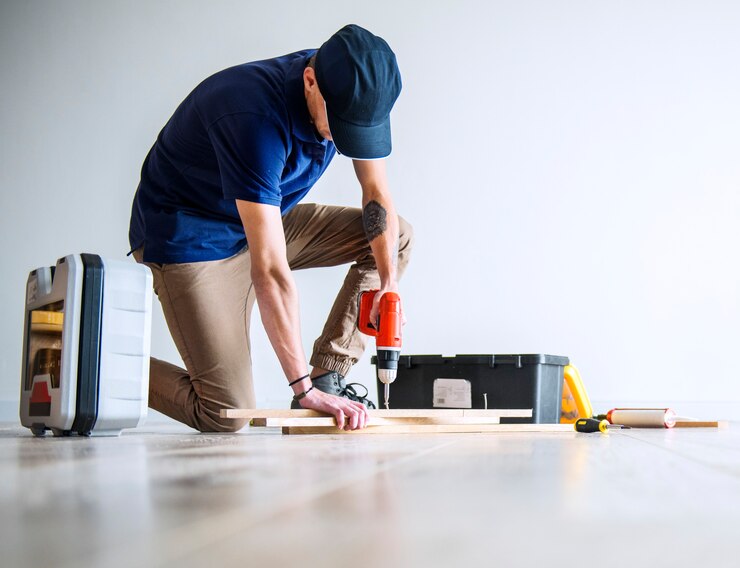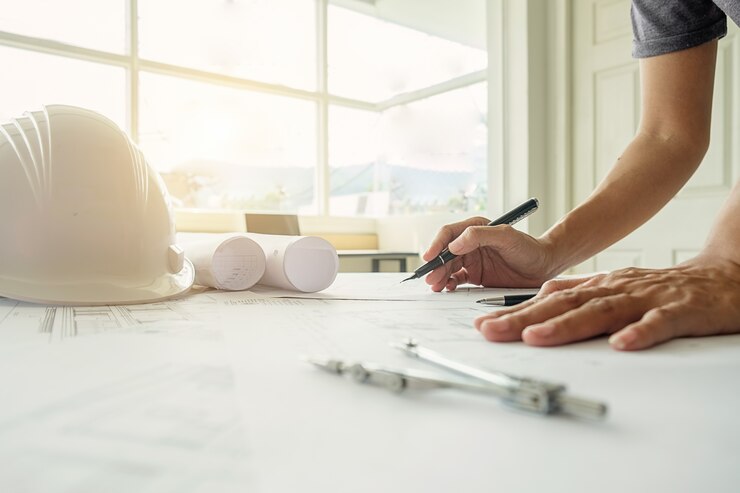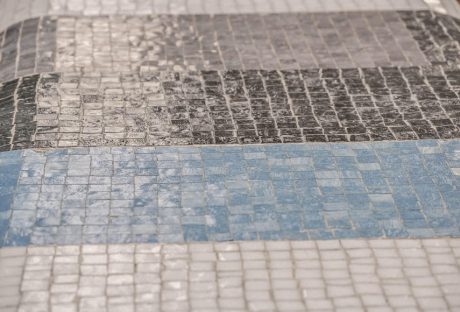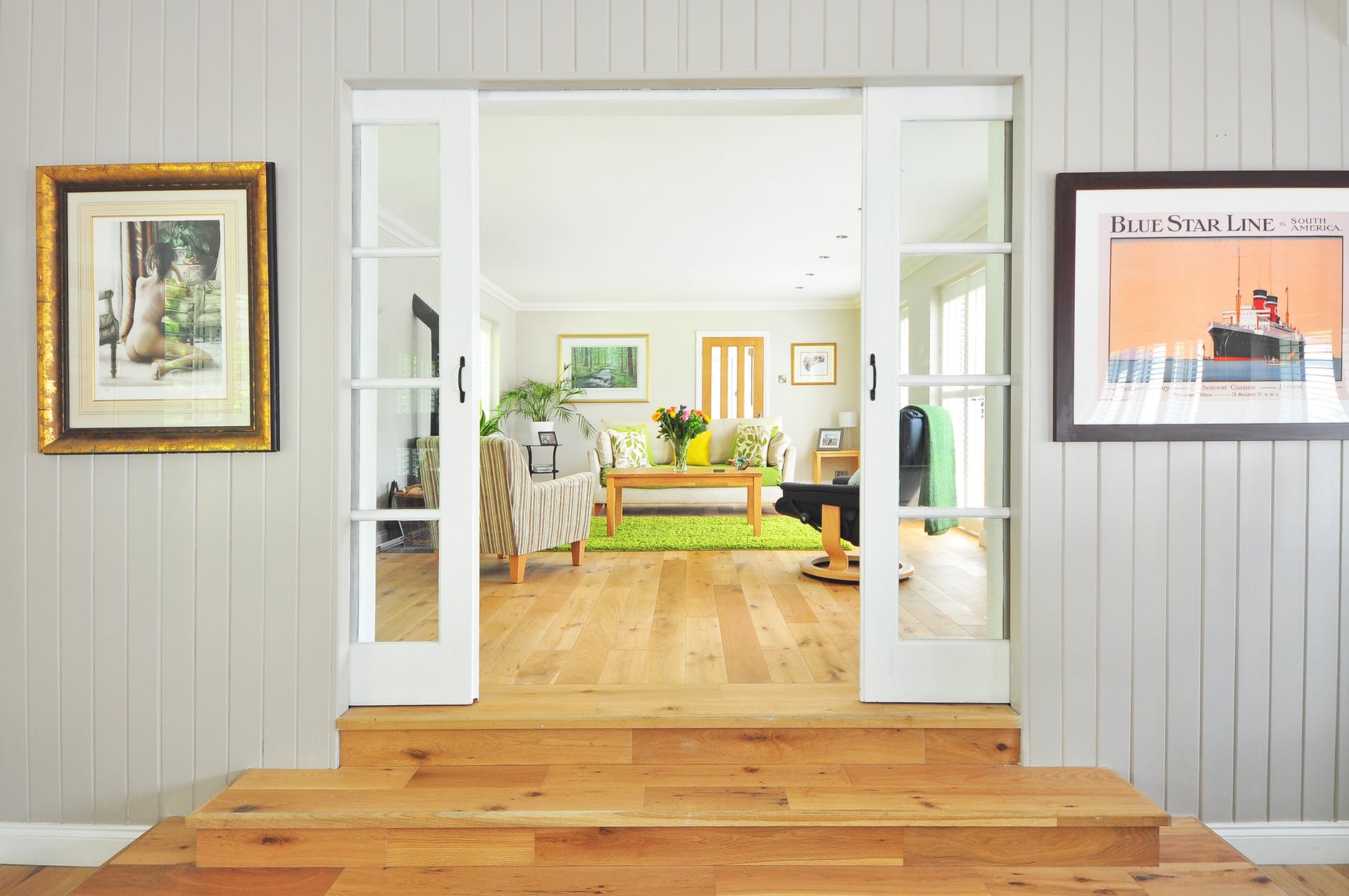Congratulations, you’ve finally acquired that office space you’ve always desired. This comes with a feeling of satisfaction and achievement. However, this is usually short-lived, especially when you need to start planning to renovate your new office building.
You’ve just finished one tough part—searching for the perfect office space. Now, you are entering a new part—the stress and hassle of office building renovation.
Most people tend to be overwhelmed with everything they need to do to make their new office space comfortable and attractive. However, this shouldn’t be hard for you. Setting a timeline for your office building renovation project can be the perfect place to start.
But, this is still a challenge for most people since they don’t know how long office building renovation projects take.
Related Resource: Best House Renovations For 2021
So, how long does an office building renovation take?
Generally, it takes an average of 3 months to renovate an office. However, you should note that the time can be longer or shorter depending on different factors. With that said, let’s look at the top factors that can affect the timeline of your office renovation project.
1. The current condition of the office building
The first thing you need to consider is the state of your office building. If it’s newly built, renovating will be much easier and faster. You won’t have many things to deal with except upgrading its interior design.
However, if the renovation project includes an old office building, it may take longer because there are bound to be structural problems that need to be addressed.
In general, expect renovations on old buildings to take from 3 months up to 6 months or more depending on the severity of faults in the structure.
2. Permits and licenses
The last thing to consider is what you need to get a permit for renovation. In most cases, it’s going to take anywhere from a week up to two weeks before you can start renovating, depending on where your office building is located and how many permits you need.
In the case of renovation projects that involve structural changes, it may even take longer as the entire planning process will require approvals from several government departments and relevant consultants.
So, you should expect such office renovations to take months because, during this period, there needs to be time for paperwork and approvals before construction begins.
However, once everything is approved and ready for construction, workers will only need a few days at most to complete the project as long as you have made all the preparations required.
3. The renovations you want to implement
The next thing to consider is the renovation project itself. If you plan something minor like rearranging furniture and painting walls, expect it to be pretty quick within 2 months or less depending on how big your office is.
However, if you’re planning more complicated renovations that involve structural changes in your office building, then you should go for 6 months or more because this kind of process normally takes longer due to the complexity involved in managing contractors who are replacing buildings rather than painting walls or moving furniture.
4. Designing the renovation plan
The tenant build-outs experts from AFS General say that you will also need to think about your renovation strategy when planning renovations.
If you are planning on managing everything by yourself without outside contractors, then expect it to take longer than if you work with a team of experts/a contractor who can handle every stage of the process for you.
This is because managing individual tasks in office building renovations take time – one hour or two hours here and there add up to days over weeks which eventually increases the timeline for your project.
So, keep in mind that unless you have enough time on your hands to manage tasks during an office renovation, it’s always better to get an expert or professional company to do it all for you to save time and get the job done faster.
5. The renovation process itself
The other thing you should consider is the renovation process itself. If your office requires massive renovations, it’s always better to break down the steps into several stages so that there are no delays in production. For example, you may want to first remove essential equipment like desks and chairs before demolishing walls.
This allows you to avoid having workers standing around at any given point during office renovation since everyone knows exactly what they need to do next without wasting time asking questions or looking for things they need.
You should also have a detailed plan of how many days each task will take so that you keep track of progress throughout the renovation process. This way, you can always make sure that everything is progressing as expected and there are no hiccups in office renovation.
6. The contractor’s experience
The last thing to keep in mind is the quality of work from your contractor or expert who will be doing renovations for you and whether they are a trusted company with a lot of experience with office renovation.
If this is not your first time renovating an office building, then you may already have preferred contractors who know what they’re doing and can get the job done efficiently within a certain timeline.
However, if your current contractor cannot complete the renovation process on time for some reason, it might be better to find another one so that you don’t waste any more time waiting around due to inexperienced workers taking longer than average to get the job done.
Bottom Line
Keep track of the number of days each task will take so that you keep on track with your project timeline. If you don’t have time to manage each stage of the process yourself, hire experts or professionals to do it for you since they have all the resources needed to complete tasks on time without hiccups or interruptions.
Read Also:
























